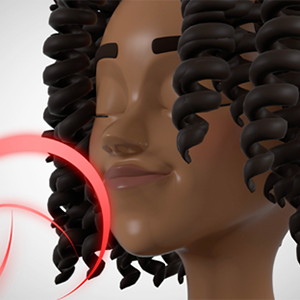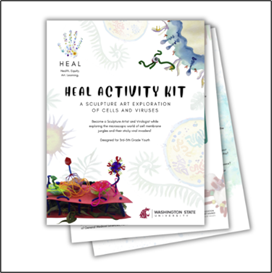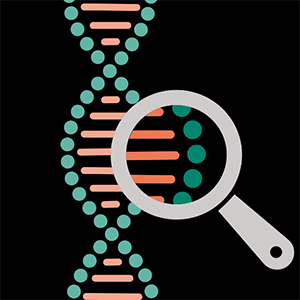
Biomedical Beat Educator's Corner: Genetics Miniseries
This Biomedical Beat miniseries explores the field of genetics—from how people inherit genes to how researchers study them. Students learn about different parts of genetics by reading the blog posts and discussing, applying, and quizzing what they learn through the activities outlined in the Educator’s Corner.
Grades: High school
Produced by: National Institute of General Medical Sciences
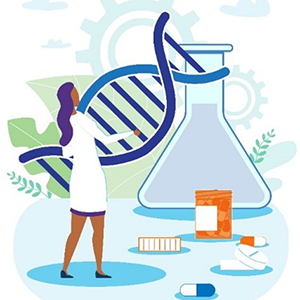
Biomedical Beat Educator's Corner: Pharmacology Miniseries
This Biomedical Beat miniseries looks at the important field of pharmacology: a research-based science and the study of how molecules, such as medicines, interact with the body. Students learn about different areas of the field by reading the blog posts and discussing, applying, and quizzing what they learn through the activities outlined in the Educator’s Corner.
Grades: High school
Produced by: National Institute of General Medical Sciences

Biomedical Engineering Adapted for Middle Schoolers (BEAMS) Lesson Plans
These lesson plans for middle school provide students with hands-on activities that focus on biomedical engineering approaches to address health care problems. Lesson topics include nanoparticles for drug delivery, DNA and gene editing, surgical robots, and biomaterials.
Grades: 6-8
Produced by: National Institute of Biomedical Imaging and Bioengineering
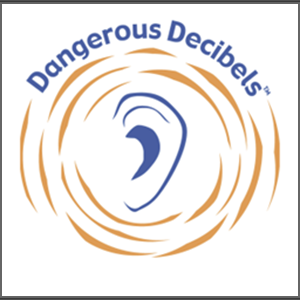
Dangerous Decibels Educator Resource Guide
This guide provides background information, hands-on activities, and experiments that educators can use to teach students about noise-induced hearing loss (NIHL) and tinnitus (ringing in the ear). Activities cover the anatomy and physiology of the ear and the mechanics of hearing, the physics of sound, and ways to prevent NIHL.
Grades: Elementary through high school
Produced by: Oregon Museum of Science and Industry (SEPA funded)
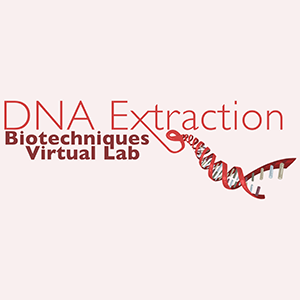
DNA Extraction
In this virtual laboratory from Learn.Genetics, students learn about some uses of DNA extraction. They also perform a cheek swab and extract DNA from human cells.
Grades: High school
Produced by: Genetic Science Learning Center, University of Utah (SEPA funded)
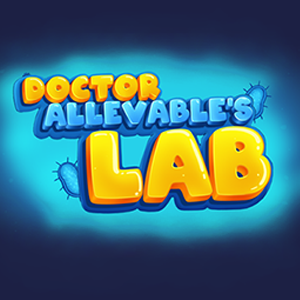
Dr. Allevable’s Lab
This mobile app for iOS and Android devices provides games that explore topics related to regenerative medicine. Students become super scientists who learn about topics such as stem cells, growth factors, and regenerative medicine technologies.
Students can also check out Dr. Allevable's laboratory and meet her friend Regenerobot in animated videos.
Grades: 5-9
Produced by: The Partnership in Education, Duquesne University (SEPA funded)
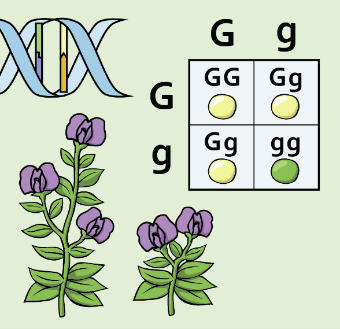
Genetics
This reading resource introduces the subject of genetics, including details about scientist Gregor Mendel’s work, an overview of DNA, videos on Punnett squares, and illustrative examples of pedigree charts.
Grades: High school
Produced by: The Partnership in Education, Duquesne University (SEPA funded)
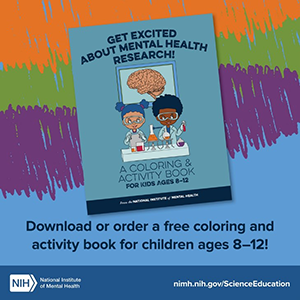
Get Excited About Mental Health Research! Coloring and Activity Book
This printable coloring and activity book for children ages 8 through 12 provides information about types of mental health research, the process for conducting research, and paths to becoming a mental health researcher.
Grades: 3-7
Produced by: National Institute of Mental Health
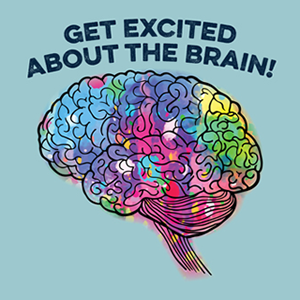
Get Excited About the Brain!
This science education activity book helps kids learn facts about the brain through games and puzzles about brain science and research.
Grades: Elementary and middle school
Produced by: National Institute of Mental Health
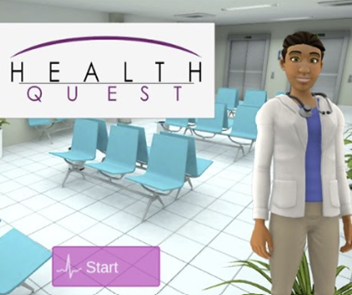
Health Quest
Health Quest focuses on engaging student interest in health science careers. Middle school students learn about various career paths through career videos and role model interviews from biomedical, behavioral, and clinical research health professionals. The program also includes a narrative-driven health sciences adventure game, where students choose a science field and then embark on a mission to help solve a scientific problem or answer a critical research question. Teachers can request the tools and resources needed to implement Health Quest in their classrooms.
Grades: Middle school
Produced by: North Carolina State University and University of California San Francisco (SEPA funded)
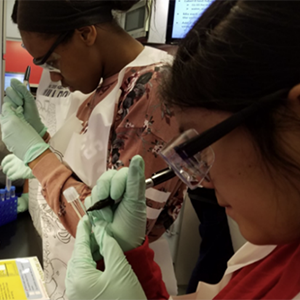
Mobile Lab Experiences and TRIPs (Teacher-Research Institute Partnerships)
This project creates innovative science curriculum focused on epidemiology and infectious diseases. Several formats of the Investigations in Infectious Disease curriculum are available in varying lengths to provide teaching flexibility. Each version includes teacher and student manuals, videos, and readings as appropriate. Educators must submit a request form to access the curriculum.
Grades: 7-9
Produced by: Seattle Children’s Research Institute (SEPA funded)
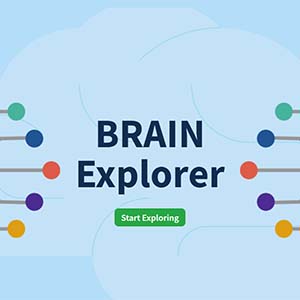
NIH BRAIN Initiative BRAIN Explorer Educational Experience
This choose-your-own-experiment educational experience is based on discoveries from real NIH BRAIN Initiative researchers! Students learn about the scientific method and the brain as they explore scientific experiments with the knowledgeable octopus, Dr. Octowise.
Grades: Middle and high school
Produced by: National Institutes of Health (NIH)
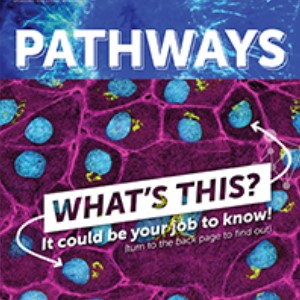
Pathways: Basic Science Careers
The basic science careers unit of Pathways teaches students about basic science, its contribution to people’s health, and the interesting careers that students could pursue. Pathways provides a collection of free educational resources about basic biomedical science and research careers. Be sure to check out the corresponding videos.
Grades: Middle and high school
Produced by: National Institute of General Medical Sciences and Scholastic, Inc.
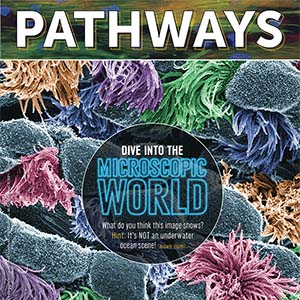
Pathways: Imaging
The imaging unit of Pathways highlights imaging tools that scientists use to peer into the microscopic world of cells and molecules. It helps students uncover how these techniques can aid researchers in learning about the body’s normal and abnormal processes and lead to more effective, targeted treatments for illness. Pathways provides a collection of free educational resources about basic biomedical science and research careers. Be sure to check out the Kahoot! quiz.
Grades: Middle and high school
Produced by: National Institute of General Medical Sciences and Scholastic, Inc.
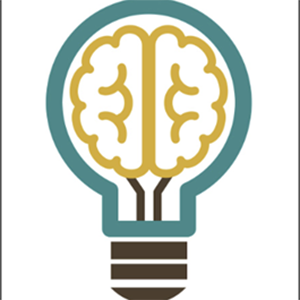
The Partnership in Education: Materials and Resources
The Partnership in Education is a program that creates innovative, hands-on educational products that make science engaging and fun for teachers, students, and learners of all ages. Topics range from the scientific method and evolution to the science of sleep and regenerative medicine. Materials and resources include videos, games, student readings, and curriculum.
Grades: Elementary through high school
Produced by: Duquesne University (SEPA funded)
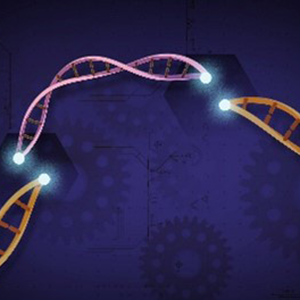
What Is CRISPR?
This Biomedical Beat blog post explores the fascinating gene-editing tool called CRISPR. It details how in the 1980s, researchers discovered odd, repeating sequences in the genomes of certain bacterial species, later named CRISPR sequences. Now, scientists use the CRISPR-Cas9 system in the laboratory to improve our understanding of human biology, and clinicians can use it to treat some diseases, like sickle cell disease. In addition to educational information, this post also provides access to a Kahoot! quiz, which tests students’ knowledge of this tool.
Grades: 9-12
Produced by: National Institute of General Medical Sciences
